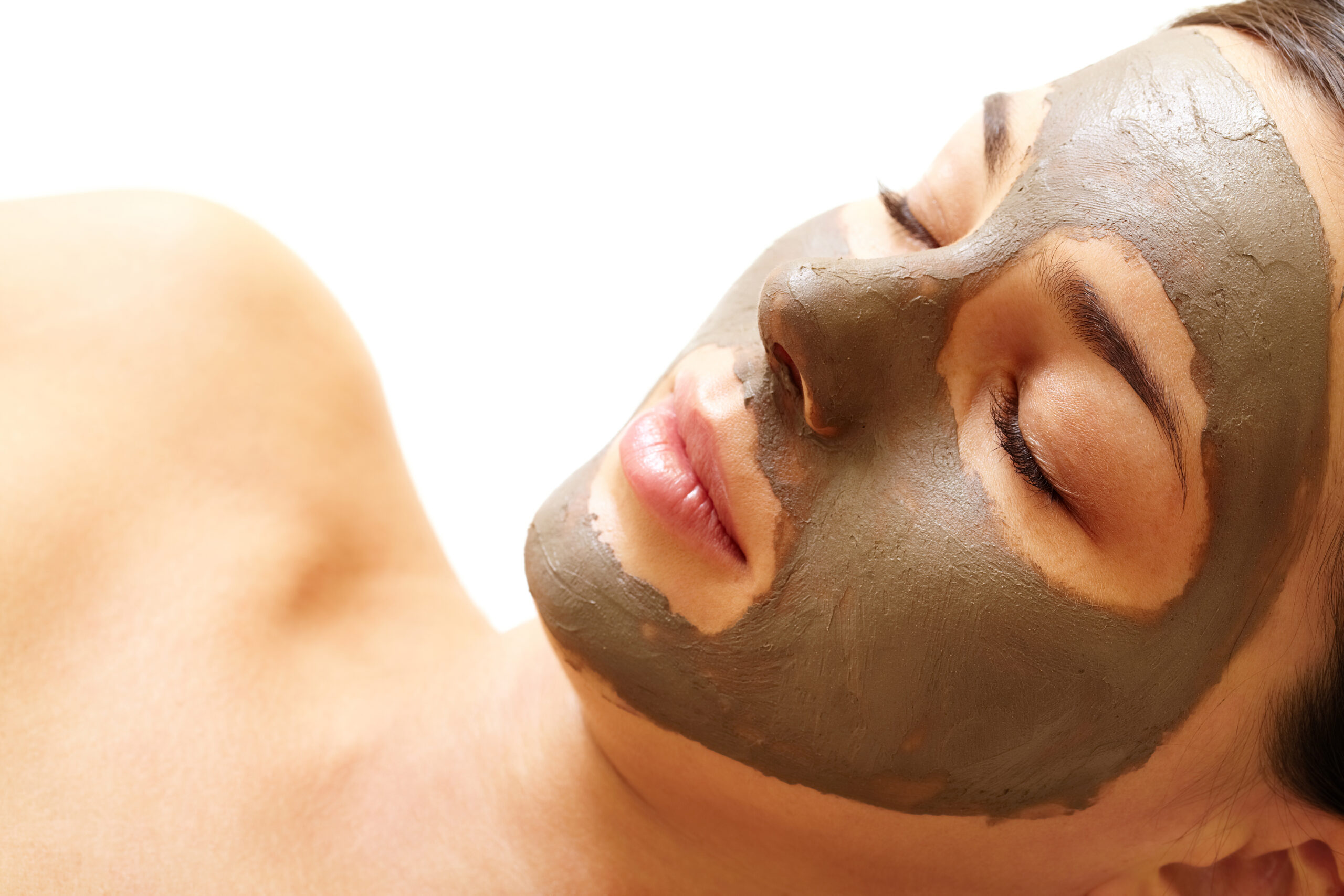Introduction to Cleaning for People with Disabilities
When we think of cleaning, we often associate it with the ability to move around freely and without restriction. However, for people with disabilities, cleaning can be a challenging task that requires additional planning and preparation. In this article, we will explore tips and tricks for making cleaning more inclusive and accessible for people with disabilities.
Tips and Tricks for Inclusive and Accessible Cleaning Practices
1. Use adaptive equipment – There are many tools available on the market designed specifically for people with disabilities. These include reachers, grabbers, and long-handled brushes that make it easier to clean hard-to-reach areas.
2. Optimize your workspace – Ensure that you have plenty of space to maneuver your wheelchair or mobility aid. Clear clutter from surfaces and ensure there is enough room to turn around easily.
3. Use non-slip mats – Place non-slip mats in areas where you may need to stand or sit for extended periods. This will help prevent slips and falls.
4. Choose safe cleaning products – Avoid using harsh chemicals or abrasives that could irritate skin or cause respiratory problems. Instead, opt for natural cleaning products or those specifically formulated for sensitive skin.
5. Take breaks when necessary – Cleaning can be physically demanding, especially if you have a disability. Be sure to take frequent breaks as needed to avoid fatigue and injury.
The Importance of Regular Maintenance and Upkeep
Regular maintenance and upkeep is essential for ensuring a clean and healthy environment. For people with disabilities, this may involve extra effort and planning. Here are some important reasons why regular maintenance is crucial:
1. Improved air quality – Dust, dirt, and other allergens can accumulate quickly, causing poor indoor air quality. Regular cleaning helps remove these contaminants and improves overall air quality.
2. Reduced risk of injury – Cluttered or dirty environments can pose a safety hazard for people with disabilities. Regular cleaning helps reduce tripping hazards and makes it easier to navigate through spaces.
3. Extended product life – Cleaning appliances and furniture regularly helps extend their lifespan by reducing wear and tear.
Resources and Tools for Cleaning with a Disability
There are numerous resources available online for people with disabilities who want to learn more about cleaning safely and effectively. Some useful websites include:
1. The Center for Independent Living (www.cil.org) – Offers information on independent living skills including cleaning and maintaining a home.
2. Abilities.com (https://www.abilities.com/) – Provides articles and advice on various topics related to disability including cleaning tips and tricks.
3. The Arthritis Foundation (https://www.arthritis.org/) – Offers guidance on how to manage arthritis symptoms while performing daily tasks such as cleaning.
Conclusion
Cleaning can be a daunting task for anyone, but for people with disabilities, it can feel overwhelming. By following our tips and tricks, utilizing adaptive equipment, and taking advantage of helpful resources, individuals with disabilities can create a cleaner and safer environment. Remember, regular maintenance and upkeep are key to keeping your home clean and healthy.


